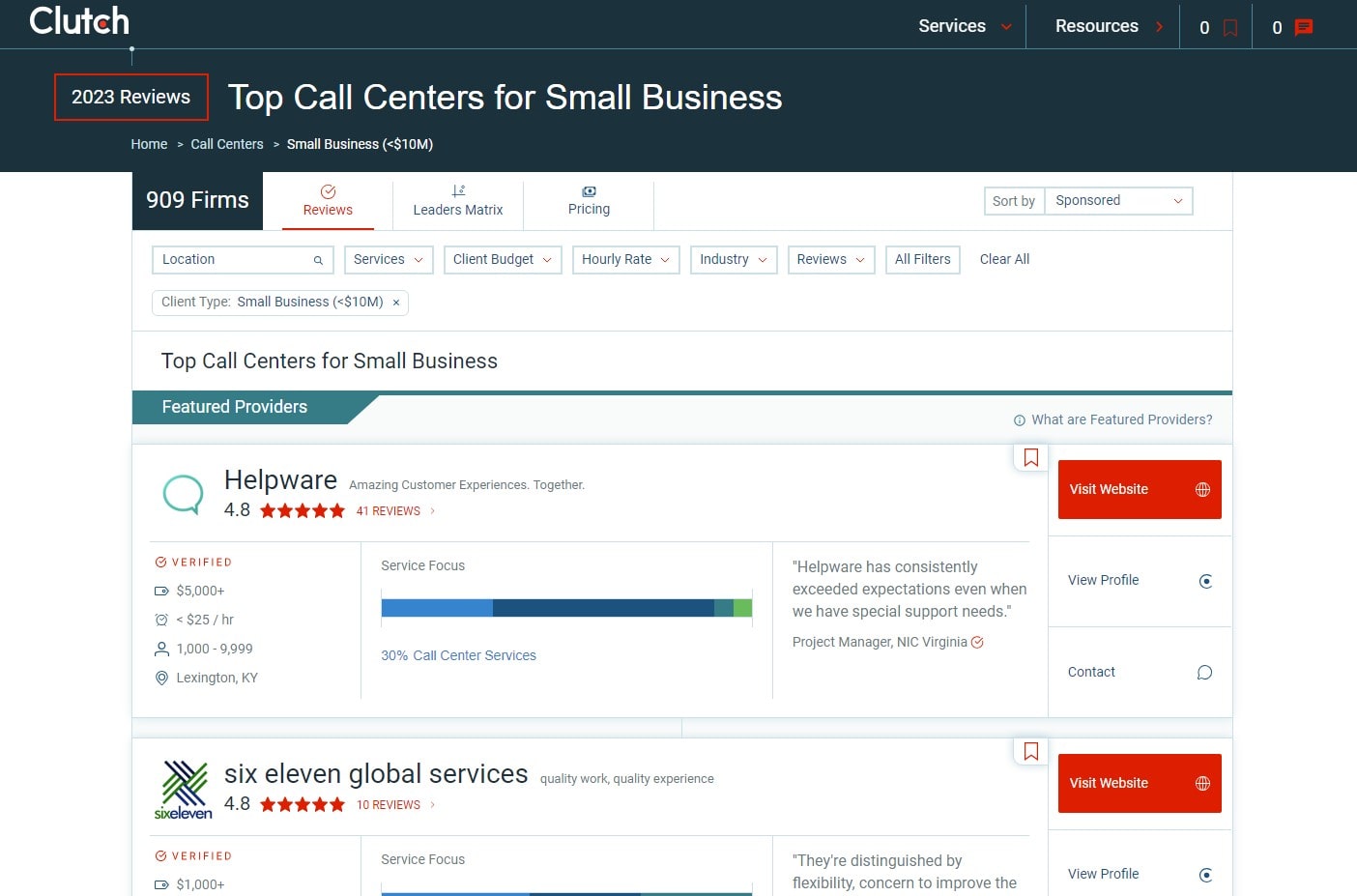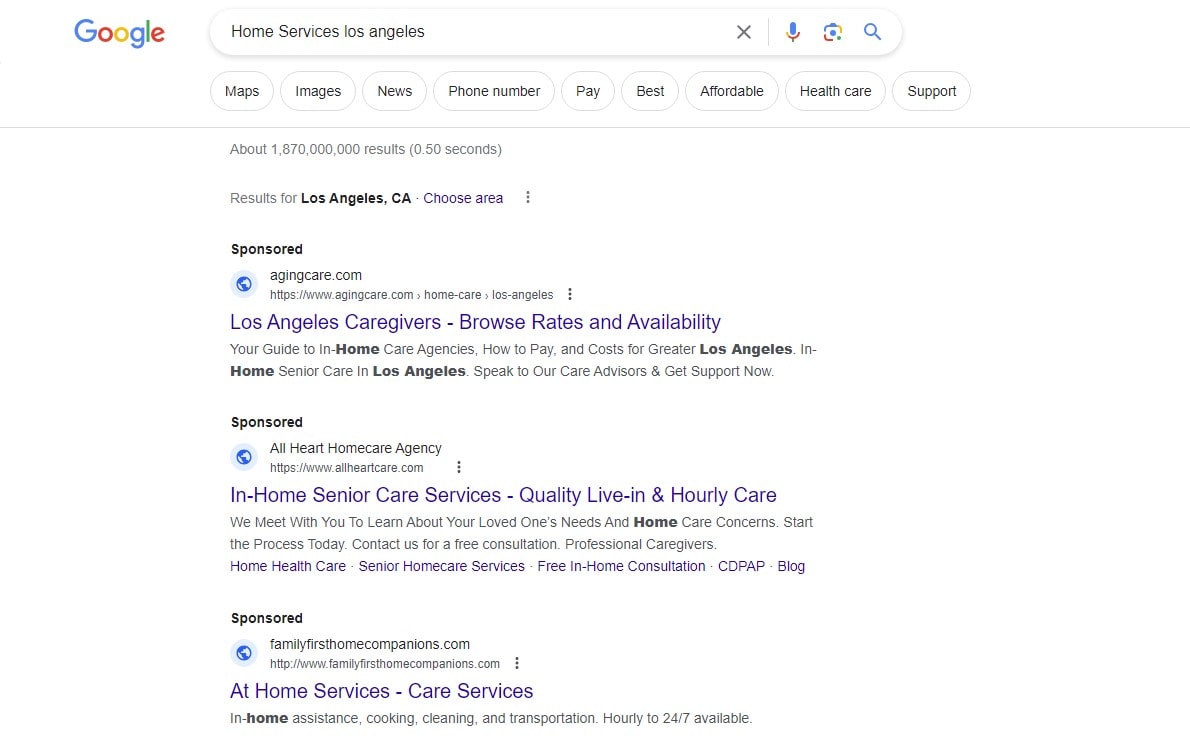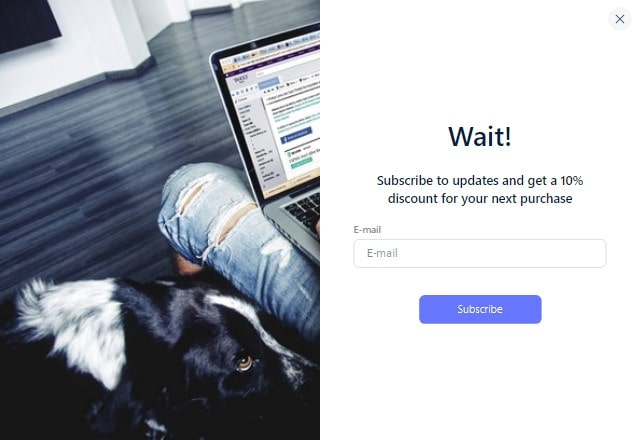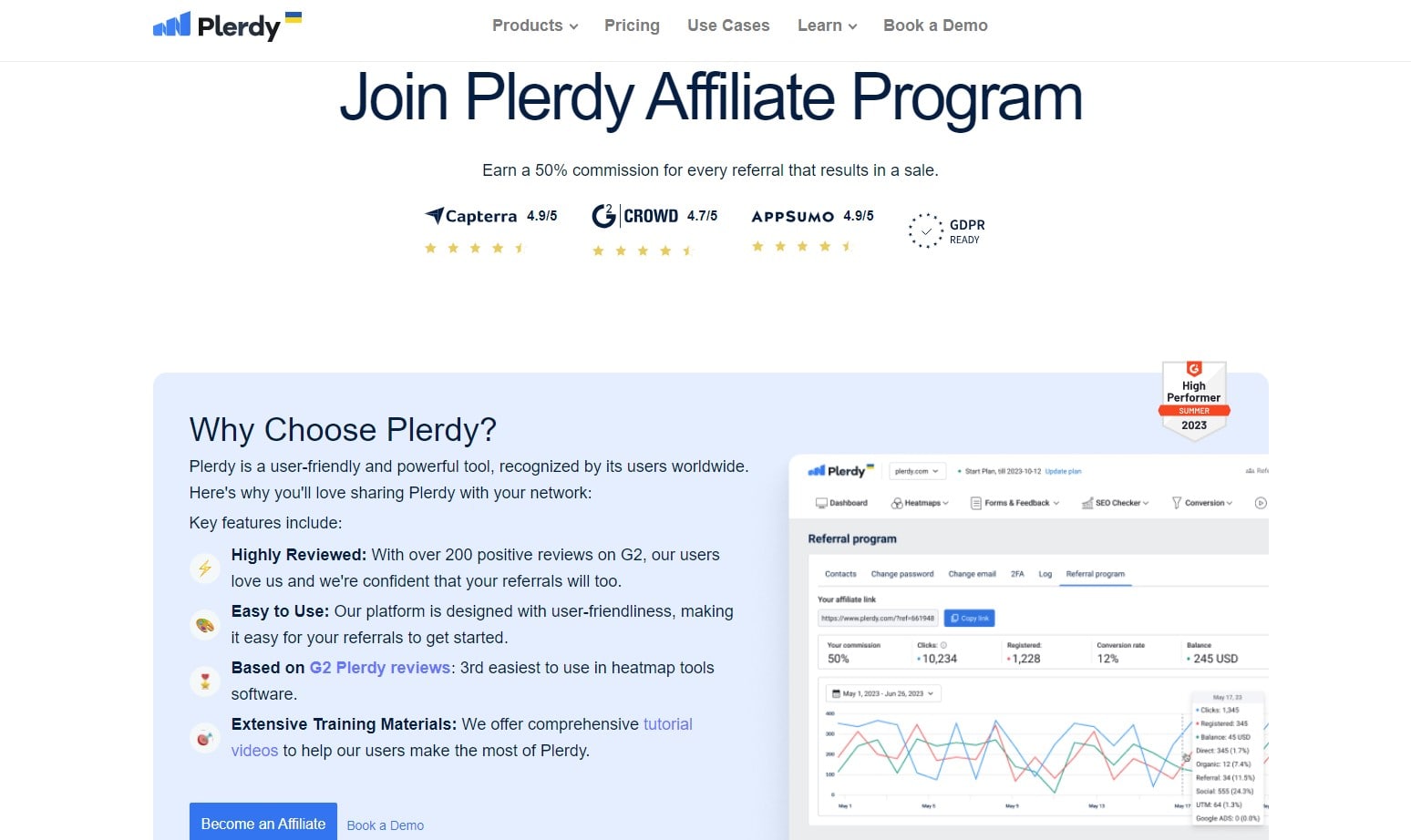Any successful firm nowadays relies on strong marketing methods. As a copywriter deeply immersed in the business and marketing niche, I understand the unique challenges small businesses face. Here are 15 innovative small business advertising ideas designed to propel your brand forward:
- Leverage social media platforms for targeted campaigns.
- Collaborate with influencers to broaden reach.
- Utilize email marketing for personalized communication.
- Engage in community events for local visibility.
- Explore content marketing to establish expertise.
These tactics boost brand awareness and audience engagement. Business and marketing success depends on inventiveness and consistency. Speaking of driving success, have you considered Plerdy for Conversion Rate Optimization (CRO) and User Experience (UX)? Plerdy provides analytical insights and tools to improve your marketing and attract and keep clients. Adopt these concepts and watch your business grow.

The Need for Effective Advertising in Small Businesses
In today’s competitive landscape, small businesses must prioritize effective advertising to remain at the forefront of their industry. Why? Because robust marketing strategies can make or break a business’s trajectory. Take the boutique fitness studios, for instance. With the right marketing push, they’ve grown from hidden gems to bustling workout havens, garnering loyal customers and significantly impacting the wellness sector.
Benefits of Effective Advertising for Small Businesses:
- Brand Recognition: Focused marketing campaigns help embed your business in the minds of potential customers.
- Increased Revenue: Effective ads directly correlate with higher sales, driving profitability.
- Engagement Boost: Strategic marketing enhances customer interaction, fostering loyalty and repeat patronage.
- Niche Dominance: Stand out from competitors by carving out your specialized space.
The craft brewery industry offers another poignant example. Despite being dwarfed by big-name beer producers, many small breweries have carved out a significant market share with targeted marketing strategies, attracting enthusiasts who value unique, artisanal brews.
In essence, whether you’re in fitness, brewing, or any other sector, a strong marketing game is indispensable to solidify your business’s position and optimize growth. Prioritizing this facet of your business not only aids in establishing a robust brand identity but also paves the way for sustained success and profitability in an ever-evolving market. So, small business owners, consider this your call to action: leverage the power of strategic marketing and watch your venture thrive.
Balancing Budget with Outreach

In the bustling domain of small business operations, a perennial challenge is the dance between budget constraints and outreach initiatives. Every entrepreneur recognizes the power of marketing in propelling their venture into the spotlight, but fiscal prudence is equally paramount. Take boutique candle makers, for instance. Amidst an ocean of mass-produced scents, these crafters differentiate themselves by churning out unique, memorable fragrances. Their marketing finesse lies in showcasing their USP, all while keeping a lid on expenses.
Crafty Means to Juggle Budget and Outreach:
- Localized Campaigns: Tailor marketing drives for communities, ensuring higher engagement without splurging.
- Harness Social Proof: Amplify genuine customer testimonials, turning patrons into brand ambassadors.
- Diversify Online Platforms: Rather than overspending on one platform, spread out across multiple platforms, reaping a broader audience reach.
- Analyze and Iterate: Continuously assess campaign performance, tweaking for better results without additional costs.
Another exemplary sector is the small craft beer industry. Pitted against brewing behemoths, they’ve managed to carve a niche. How? Dialing in on marketing strategies that spotlight their artisanal touch, unique flavors, and community involvement, all without burning a hole in their pocket.
While budgetary constraints seem limiting, they can push small business owners into crafting innovative, impactful marketing strategies. Navigating this intricate balance isn’t just about spending wisely and creatively, making every dollar count in a saturated marketplace.
Print Media Options

Local Newspapers and Weekly Circulars
In the age of digital dominance, local newspapers and weekly circulars remain potent tools for business advertising. These traditional mediums offer businesses — especially local establishments — a targeted approach to marketing. Consider the local diner, for instance. A well-placed ad in a community newspaper can draw in the Sunday brunch crowd, reinvigorating sales and creating a local buzz.
Benefits of Harnessing Traditional Print Platforms:
- Hyper-Local Reach: Advertising in local papers ensures businesses tap directly into their community, fostering neighborhood loyalty.
- Tangible Engagement: Physical ads, whether in newspapers or circulars, provide tactile engagement, often resonating longer with readers.
- Ad Diversity: From full-page spreads to modest column ads, businesses can choose formats that suit their budget and marketing goals.
- Synchronized Strategies: Integrating print advertising with digital marketing campaigns can bolster brand recognition.
The bespoke tailor shop down the street offers another compelling example. By showcasing their craftsmanship in weekly circulars, they invite patrons seeking personalized services, setting themselves apart from big-box retailers.
To wrap up, while digital marketing campaigns are all the rage, the power of traditional advertising platforms remains undiminished. Smart business leaders recognize this and continue to leverage newspapers and circulars as part of their holistic marketing strategies, ensuring they capture the attention of tech-savvy millennials and the generation that appreciates the rustle of a newspaper page.
Niche Magazines and Trade Journals
Niche publications and trade journals shine as specialized stars in the broad advertising universe, offering firms a marketing platform that is laser-focused. These magazines are gold mines for businesses in niche markets. Think about an artisanal cheese maker that successfully reaches a readership that is already interested in their products by placing an advertisement in a gourmet food magazine.
Why Trade Journals and Niche Magazines Succeed in Marketing:
- Targeted Audience: These publications cater to specific interests, ensuring businesses reach a pre-qualified readership.
- Reputation Boost: Being featured in reputable journals can bolster a business’s stature.
- Long Shelf Life: Unlike fleeting online ads, print content in such publications enjoys prolonged exposure.
- Integrated Branding: Crafting a consistent message across trade journals and other advertising mediums amplifies brand resonance.
Take, for instance, a boutique architectural firm. By showcasing their innovative designs in a revered architectural journal, they attract potential clients and set industry benchmarks.
In summary, trade journals and specialty magazines are important components that weave success stories for companies that recognize their potential in the vast fabric of marketing and advertising. In an age where generic advertising often gets lost, these specialized publications allow businesses to speak directly to an engaged, interested audience, turning marketing campaigns into impactful conversations.
Brochures and Flyers
In a digitized era, the tangible allure of brochures and flyers remains unmatched for many businesses aiming to ramp up their marketing. These classic advertising tools pack a punch, offering a tactile experience that’s hard to replicate on screens. Think of a chic boutique hotel nestled downtown. Distributing elegant brochures at high-footfall areas can magnetize weekend travelers or couples seeking a city escape.
Key Strengths of Brochures and Flyers:
- Physical Engagement: Holding a well-designed flyer engages more senses than just sight, making the connection deeper.
- Versatility: Brochures can be tailored for varied marketing needs, whether a product launch or a seasonal sale.
- Cost-Effective: When produced in bulk, these advertising tools provide notable reach without breaking the bank.
- Local Impact: Distributing flyers at community events or hotspots ensures businesses resonate with their immediate audience.
Take, for instance, a pop-up artisan bakery. Their fresh-out-of-the-oven pastries deserve a buzz, and vibrant flyers handed out at morning rush hour can reel in the breakfast crowd.
In summary, with their palpable charm, brochures and flyers continue to weave success stories in the business marketing landscape. By seamlessly blending information with aesthetics, they serve as compact billboards, sparking interest and drawing patrons. These tools remain tried and true allies for businesses that aim to make a lasting impression without the digital din.
Digital Outreach Strategies

Google AdWords and PPC Campaigns
Businesses are utilizing PPC campaigns and Google AdWords to increase their marketing impact in the current hyper-digital environment. These dynamic tools serve as lifelines, catapulting brands to the forefront of consumer attention. Imagine a fledgling organic skincare line; with a precision-targeted PPC campaign, they can zero in on eco-conscious consumers, amplifying sales.
Why Google AdWords and PPC Shine in Advertising:
- Instant Visibility: Launch a campaign today, and by tomorrow, your business could be clinching top spots in search results.
- Budget Flexibility: Firms can set their spending limits, ensuring advertising doesn’t burn a hole in their pockets.
- Measurable Outcomes: With real-time data, businesses can pivot their strategies, optimizing for better returns.
- Tailored Messaging: AdWords allows brands to customize ad copies, resonating deeply with specific audiences.
Consider, for instance, a boutique digital marketing agency. They roll out a PPC campaign highlighting their expertise to drum up clientele. Overnight, inquiries flood in, and their client roster bulges.
PPC campaigns and Google AdWords, when used skillfully, can effectively accelerate business growth. They provide a robust platform to broadcast brand narratives, resonate with niche audiences, and drive conversions. In the bustling marketplace, where attention spans are fleeting, these digital advertising strategies offer businesses a leg up, ensuring they don’t just participate but dominate.
Social Media Boosted Posts and Ads
In the dynamic business, marketing, and advertising landscape, the magic often unfurls on social media platforms. Boosted posts and ads have become brands’ go-to strategy to amplify their reach. Delving into the heart of this strategy, it’s easy to see why businesses across niches—be it artisanal coffee roasters or high-tech gadget startups—are jumping on board.
The Power of Boosted Posts and Ads:
- Precision Targeting: Facebook’s algorithms are uncanny, ensuring your ads reach the right audience. Imagine a niche perfumer targeting enthusiasts who have shown interest in premium fragrances—mission accomplished!
- Engagement Amplification: Boosted posts not only get more views but also rake in likes, shares, and comments, making your content hard to scroll past.
- Flexible Budgets: You don’t need deep pockets. Businesses set the pace, choosing how much they spend on each campaign.
- Transparent Analytics: Dive deep into metrics, understanding which aspect of your advertising is delivering and where tweaks are needed.
The gourmet food truck, roaming city streets, can now draw lunchtime crowds by simply boosting a post showcasing today’s special. Meanwhile, an emerging app developer can showcase their latest creation, ensuring tech enthusiasts nationwide are tuned in.
In essence, the advertising space on social media, brimming with potential, allows businesses to tap into vast audiences. Using boosted posts and ads, brands craft compelling narratives, ensuring they remain top-of-mind in an ever-evolving digital milieu.
Influencer Collaborations on Platforms like Instagram
In the bustling arena of business, marketing, and advertising, Instagram stands out as a powerhouse for brands keen on amplifying their voice through Ultra-Personalization. Influencer collaborations have carved out a niche, ushering businesses into the limelight. Tapping into influencers’ established audiences has become a linchpin strategy from artisanal candle makers to luxury watch brands.
The Buzz Around Influencer Collaborations:
- Genuine Engagement: Followers resonate with influencer opinions, offering businesses authentic interactions.
- Visual Storytelling: Instagram thrives on visually captivating stories. Collaborate with an influencer; you get to be part of a well-crafted visual narrative.
- Demographic Reach: Different influencers cater to varied demographics. A high-fashion brand pairs seamlessly with a luxury influencer, while an eco-friendly startup might team up with a sustainability advocate.
- ROI Boost: With increased reach and engagement, businesses often experience a tangible bump in sales and brand recognition.
For instance, a boutique chocolatier might partner with a gourmet food influencer, leading to a spellbinding series of posts capturing the essence of handcrafted chocolates. Meanwhile, a tech firm launching a sustainable product could join hands with eco-advocates, marrying technology with sustainability in an engaging manner.
Harnessing the essence of influencer collaborations on platforms like Instagram provides businesses an edge, bridging the gap between brands and audiences in an ever-evolving advertising milieu.
Video Marketing on YouTube and Vimeo
In the dynamic business and marketing landscape, video platforms like YouTube and Vimeo have emerged as essential tools for brand storytelling. For businesses aiming to amplify their message, video advertising offers an unparalleled avenue to engage, inform, and convert potential customers. A fitness brand, for instance, can roll out a series of workout tutorials on YouTube, while an indie filmmaker might opt for Vimeo to showcase a masterfully crafted trailer.
Video Marketing Breakdown:
- Story Over Sale: Instead of pushing products, modern video marketing emphasizes storytelling, connecting with viewers personally.
- Diverse Audience Reach: YouTube caters to the masses, making it ideal for B2C advertising. Conversely, Vimeo’s professional focus caters to niche audiences – a goldmine for B2B marketers.
- Analytics Insight: Both platforms provide comprehensive analytics, enabling businesses to fine-tune their advertising strategies based on real-time feedback.
- Collaborative Opportunities: Brands often collaborate with YouTube influencers or Vimeo creators to tap into established audiences, boosting engagement.
Take, for example, a luxury skincare line. They could launch a series of tutorial videos on YouTube, diving deep into product application techniques while hosting detailed product breakdowns on Vimeo, catering to beauty professionals. With video marketing, businesses can adapt, innovate, and thrive in an ever-evolving advertising ecosystem.
Localized Advertising Techniques

Community Billboards and Banners
Community billboards and banners, long-standing pillars in the advertising industry, hold an undeniable charm even in our digital age. These tried-and-true methods remain a testament to the power of local business advertising, creating a tangible touchpoint in an often intangible marketing landscape. Imagine a local bakery promoting a seasonal pie with a vibrant banner or a tech startup leveraging a prime billboard spot to generate buzz about its latest app.
The Billboard and Banner Advantage:
- Location-Centric Impact: Strategically placed billboards optimize visibility for businesses targeting local demographics.
- Tangible Engagement: Banners grab attention at events, making a memorable mark on potential customers.
- Cost-Effective Marketing: Especially for small businesses, banners offer a budget-friendly advertising alternative.
- Timeless Appeal: Traditional media, like billboards, build trust and credibility with audiences less acquainted with digital channels.
A landscaper, for instance, could harness the allure of a roadside billboard to highlight their garden transformations. Simultaneously, a bookstore might drape banners at local festivals, drawing in crowds with visuals of bestsellers and cozy reading nooks. In the ever-evolving marketing sphere, businesses find solace in the familiarity and effectiveness of community billboards and banners, bridging the gap between the traditional and the contemporary.
Sponsor Local Events or Sports Teams
Sponsoring local events or sports teams packs a punch in the advertising landscape, driving brand visibility in ways many digital tactics can’t touch. Businesses carve out a niche by planting firm roots in the community, melding seamlessly into the local fabric. It’s not just about logo placement; it’s about forging connections and building rapport with potential clients.
Benefits of Local Sponsorships:
- Community Integration: For businesses, diving into local sponsorships fosters a strong bond with the community. This isn’t mere marketing; it’s relationship building.
- Brand Visibility Boost: Emblazoning your logo on a team’s jersey or at a festival entrance ensures it catches hundreds, if not thousands, of eyes.
- Positive Association: When businesses back beloved local teams or events, they benefit from the goodwill associated with those entities.
- Efficient Budget Use: Rather than spreading advertising dollars thin across broad channels, local sponsorships ensure focused, impactful exposure.
Consider a coffee shop, for instance, that sponsors a local youth soccer league. Parents cheering on the sidelines clutch cups branded with the shop’s logo, a subtle yet effective advertising technique. Or a tech startup sponsoring an arts festival, setting up interactive booths and leading workshops, intertwining their brand with creativity and innovation. In the intricate dance of business and marketing, local sponsorships let businesses lead, setting the rhythm and pacing the floor with strategies that resonate and engage.
Participate in Local Trade Shows and Exhibitions
For any business – especially those on a smaller scale – seizing the opportunity to show up at local trade events can dramatically ramp up their marketing efforts. Participating in these exhibitions goes beyond mere advertising; it leads to face-to-face interactions, forging genuine relationships with potential clients and other businesses.
Trade Show Benefits to Spotlight:
- Immediate Feedback: Companies often unveil products or services and receive instantaneous reactions from attendees, guiding future business strategies.
- Direct Sales Opportunities: Trade shows cut through the middlemen – you can sell straight from your booth, driving revenue on the spot.
- Networking Galore: Rubbing elbows with industry peers can lead to partnerships, collaborations, or exchanging invaluable business insights.
- Branding in Real Time: Your booth design, promotional materials, and staff convey your business’s ethos, leaving lasting impressions.
Consider a small artisanal cheese producer showcasing their gourmet selection at a local food exhibition. As attendees savor samples, they’re not just experiencing flavors but also the brand’s story, passion, and dedication. Similarly, a boutique design agency showcasing its portfolio at a local business expo can draw in local businesses seeking a fresh take on branding. Local trade exhibitions provide an opportunity for businesses to showcase their wares and captivate customers with interactive, real-life experiences as part of the ever-changing dance of marketing and commerce. Engaging in these events is an essential play, allowing companies to weave their narrative and generate buzz organically.
Innovative and Guerrilla Marketing

Pop-Up Stores in High Traffic Areas
For small businesses looking to gain traction in the competitive marketplace, pop-up stores have emerged as a crucial marketing tactic. Nestled in high-traffic zones, these temporary storefronts serve as live advertising platforms, drawing crowds with their fleeting nature and exclusive offerings.
Why Pop-Ups Rule the Streets:
- Immediate Engagement: Passersby get drawn into these vibrant setups, experiencing the brand hands-on.
- Cost Efficiency: Short-term leases in prime spots reduce overheads while maximizing visibility.
- Versatility in Action: Pop-ups can be tailored swiftly to match marketing campaigns or seasonal themes.
- Buzz Creation: The limited-time nature nudges customers to dive in, fearing they might miss out.
Picture a small craft brewery setting up shop downtown during a beer fest, enticing urbanites with limited-edition brews. On another corner, an indie designer could showcase their capsule collection, pulling in fashion enthusiasts with the allure of exclusivity. Harnessing the essence of advertising, pop-up stores let businesses tell compelling stories, cultivate customer loyalty, and even test the waters before a potential expansion. They bridge the gap between traditional marketing and real-world immersion, simultaneously driving sales and brand recognition. In the dance of modern-day business and marketing, pop-ups serve as a masterstroke, ensuring brands remain top of mind and close to heart.
Viral Challenges or Contests on Social Media
Harnessing the power of viral challenges on social media platforms has emerged as a driving force in today’s business and marketing strategies. When a brand nails down this approach, it engages a vast audience and fosters a sense of community around its products or services.
Key Takeaways from Successful Campaigns:
- Active Engagement: Brands spark conversations, making followers part of a larger narrative.
- Branding Boost: Businesses showcase their offerings in relatable, catchy ways.
- Expansive Reach: Spreads like wildfire, pushing brands into trending topics.
- Genuine Feedback: Direct insight into what resonates with the audience.
Imagine a local bakery initiating a #PieFaceChallenge, urging followers to share their funniest reactions to tasting their exotic pie flavors. Alternatively, think of a tech start-up launching a contest where users share innovative uses of their app, with the best entry bagging a premium subscription. Such initiatives cut through the noise of traditional marketing. They shift businesses from mere sellers to entities consumers want to interact with, chat about, and even root for. By diving headfirst into this marketing wave, businesses become more than just commercial entities – they become part of the social media fabric.
Collaborative Promotions with Complementary Businesses
In the ever-changing world of marketing, one successful strategy is to work together with related businesses to run promotions. It’s a strategy that amplifies a business’s reach by tapping into the audience of another enterprise. Think of a popular coffee shop joining forces with a local indie bookstore. Customers purchasing a best-seller might snag a discounted cappuccino, while caffeine aficionados could find themselves with a free novella on their next visit.
Advantages of Collaborative Endeavors:
- Mutual Audience Growth: Both businesses can tap into each other’s customer base.
- Shared Marketing Costs: Splitting expenses ramps up ROI.
- Cross-Product Exposure: Showcasing products to fresh eyes.
- Joint Brand Credibility: Harnessing the trust factor of both enterprises.
For instance, a gym might partner with a health-food cafe, offering members a special discount on nutritious meals. Craft brewers and artisan candlemakers might do the same thing, creating fragrance candles reminiscent of rich stouts or hoppy ales. This synergy between businesses boosts sales and solidifies a brand’s position in the market. By embracing such marketing strategies, businesses stand shoulder to shoulder, propelling each other to greater heights in their respective sectors.
Building Organic Reach

Encouraging Customer Reviews and Testimonials
In today’s digital-driven business landscape, customer reviews and testimonials are pivotal in marketing a brand. They act as social proof, painting a vivid picture of a product’s quality and a company’s reliability. Take, for instance, a boutique hotel: potential guests will often lean into past visitor experiences to gauge its ambiance, service, and overall worth. Similarly, someone in the market for artisanal chocolates will be swayed by raves about taste, presentation, and freshness.
Why Encourage Reviews:
- Trust Building: Positive feedback boosts a business’s credibility.
- Refined Marketing Insights: Understanding client preferences helps in tailoring marketing strategies.
- Increased Engagement: Interacting with reviews fosters a closer bond between businesses and their clientele.
- Organic Promotion: Word-of-mouth remains a powerful marketing tool, especially in the digital age.
Whether offering gourmet cooking classes or crafting hand-made furniture, businesses should foster an environment where customers feel compelled to share their experiences. By showcasing these authentic voices on websites, social media, or in-store displays, businesses harness the genuine appeal testimonials bring. This strategy, rooted in the core of effective marketing, amplifies a brand’s message and carves out a distinct position in the market.
Referral Programs with Incentives
Referral programs with incentives rev up a business’s growth, particularly for small enterprises striving to carve out a space in the market. Consider a local bakery: if it offers loyal customers a free pastry for every friend they bring in, it effectively turns every patron into a marketing advocate. Similarly, a budding tech startup can spread the word about its software by offering existing clients a discount for every successful referral.
Advantages of Incentivized Referrals:
- Boosts Customer Loyalty: Individuals feel valued when a business rewards their efforts.
- Enhances Brand Reach: A well-crafted incentive can have clients clamoring to spread the word.
- Cost-Effective Marketing: Businesses allocate resources for tangible results, ensuring returns on marketing investments.
- Strengthens Community Ties: Community engagement gets a shot in the arm, especially for small businesses.
Harnessing the power of community and the human desire for rewards, referral programs with incentives act as growth engines. They optimize the marketing budget and fortify the bond businesses share with their clientele. This marketing strategy is engaging, cost-effective, and impactful and seamlessly blends business and client aspirations.
Conclusion
The journey through these 15 advertising ideas has been enlightening in the bustling landscape of small business marketing. Gems from digital skills and traditional charm can promote your business. Blog storytelling and social media contests are powerful creative marketing strategies. With these tools, you can engage, attract, and retain a diverse audience.
As we draw this exploration to a close, remember – the essence of effective marketing lies in the synergy of innovation and authenticity. Continue your trip. Don’t stop here. You can create audience-pleasing marketing using this information. Future opportunities include growth, connections, and success. Now is your chance to use these techniques and grow your business in the ever-changing industry.
